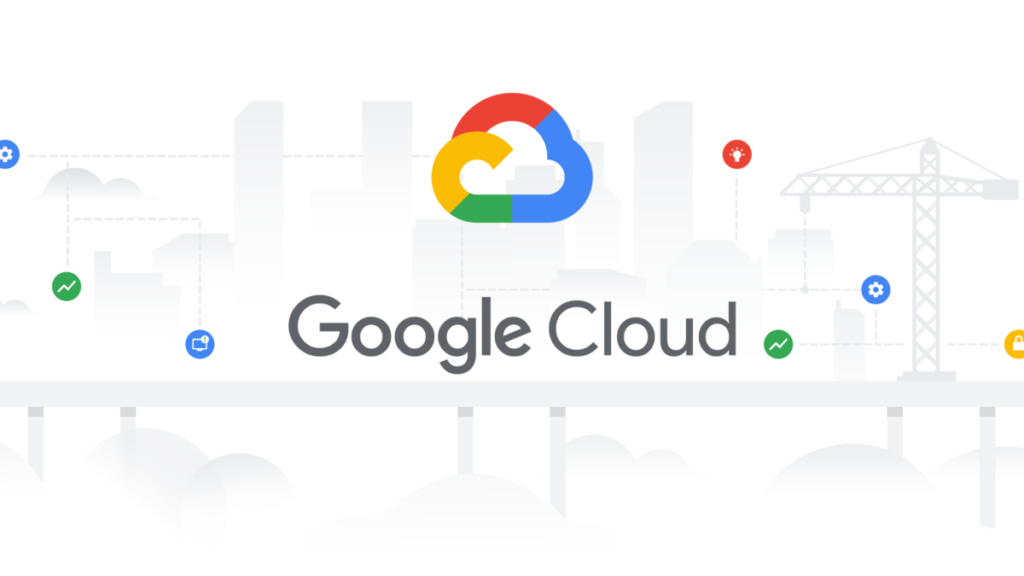Google Cloud Platform is considered among the top three market leaders in the cloud service industry, along with the popular Amazon Web Services (AWS) and Microsoft Azure.

However, Google Cloud offers some unique benefits over its two closest competitors. At the moment, it provides the best and the most reliable network throughput (how many data packets arrived successfully in a set timeframe), at nearly 300% of what is offered by Azure and AWS. This is why Google Cloud Platform has been rapidly gaining popularity in recent years.
In this post, we will discuss how to securely and properly perform a Google Cloud migration so you can make the most of the platform.
Why Migrate to Google Cloud Platform?
Migrating to any cloud environment will offer many different benefits, but ultimately we migrate to the cloud to improve our business’s productivity and cost-efficiency.
With that being said, Google Cloud offers some unique benefits not offered by Azure and AWS that you may want to consider:
1. Cost-effectiveness
Arguably the key reason for choosing Google Cloud over its competitors is the fact that Google offers a competitive pricing strategy. Many resources and services offered by Google Cloud are up to 50% cheaper than comparable offers by AWS or Microsoft Azure.
Also, Google allows you to pay only for the resources you are using, and many Google Cloud services are priced by the second instead of per minute or per hour. In the long run, these will translate into major cost savings for your business.
2. Versatility
Google offers the ability to manage different cloud workloads independently, so you’ll have more versatility in controlling your workloads and deployments. Quite recently, Google also introduced Anthos, which allows you to deploy hybrid apps for even more versatility.
3. Data Security
By migrating your workloads to Google Cloud, you’ll be protected with the same security features protecting Google’s own services like Gmail, YouTube, Google Maps, and Google Search, among others. Meaning you can be confident about the security and integrity of data stored on the cloud.
4. Reliability
Google Cloud utilizes Google’s powerful fiber-optic network that is available worldwide.
Again, this is the same network that powers Google’s services like Gmail and Google Maps, and as discussed, Google’s network offers the best throughput when compared to AWS and Azure. Meaning you don’t have to worry about speed and reliability.
Migration to Google Cloud: Four Basic Steps
The actual migration process to Google Cloud will be unique depending on your current environment and the workload to be migrated, among other factors. However, all Google Cloud migrations should involve these four basic steps:
Step 1: Assessment of your current environment
Before performing the actual migration, it’s crucial to assess at least these two things:
- Your current environment and its differences to Google Cloud
- The workload to be migrated
Your current environment may belong to these three different types of environment:
- On-premises: your workload is stored in a server/computer located on your premises
- Private hosting: you are managing your own software environment (including VMs and hypervisors), but you are outsourcing the physical aspect of the environment to an external party.
- Cloud environment: your environment is already hosted on other cloud services (i.e., Amazon Web Services or Microsoft Azure).
Next, you should evaluate the workload to be migrated based on three different criteria:
- Importance: How important is the workload to your critical operations.
- Difficulty: Whether the workload is already cloud-ready or if the workload is not designed for the Cloud.
- Dependencies: Whether the workload has dependencies or is a dependency for others.
Based on your assessment, you should also perform a total cost of ownership (TCO) calculation so you can better understand how much the migration will cost (including ongoing maintenance). Keep in mind that when migrating from an on-premises environment, there may be hidden costs to be accounted for.
Step 2: Planning the migration
Based on your assessment, in this step, your focus should be to identify what resources are needed to migrate the workload(s) to Google Cloud and to break down the process into actionable steps.
In this step, you should also decide the order of workloads that are going to be migrated first (prioritization). It’s typically better to start by migrating easier workloads first while you also familiarize yourself with the Google Cloud environment.
When planning your migration, Google recommends users migrate the data first before any workloads/applications, especially to tackle potential dependency issues. Move the data required by the workload, and then migrate the workload.
Step 3: Deployment
Based on the plan you’ve defined in the previous step, you can start the migration process.
Depending on the number of workloads to migrate and other factors, you may or may not want to use the same deployment strategy for all your workloads. However, using a single, consistent strategy can make the whole process easier.
You can use tools like Google Deployment Manager to automate the migration and deployment. This approach will provide more traceability and be more reliable in most cases. However, if you’d like more freedom and versatility, you can perform the migration manually.
Keep in mind, however, that manual deployment may be prone to more errors, and you may need the help of professionals.
Step 4: Optimization
In this step, your focus is to optimize the migrated workloads and the Google Cloud environment so that you can make the most of the new environment: achieving your business goals while using as few resources as possible.
You can use multiple solutions and tools to optimize the migration process, including Google’s own Cloud Monitoring tool. Also, consider optimizing cost-efficiency with autoscaling.
Remember that optimization should also include training your employees for optimal adoption of the Google Cloud environment.
Google Cloud Migration with Pythian
As a Google Cloud Premier Partner we will help you ensure a seamless and secure migration to Google Cloud Platform. So, you can experience Google Cloud’s advantages faster while also enjoying Pythian’s in-depth data expertise and customizable security solutions.
A smooth transition to Google Cloud will ultimately allow your business to maximize the ROI of the cloud migration so you can make the most of your new cloud environment.







Leave a Comment
You must be logged in to post a comment.